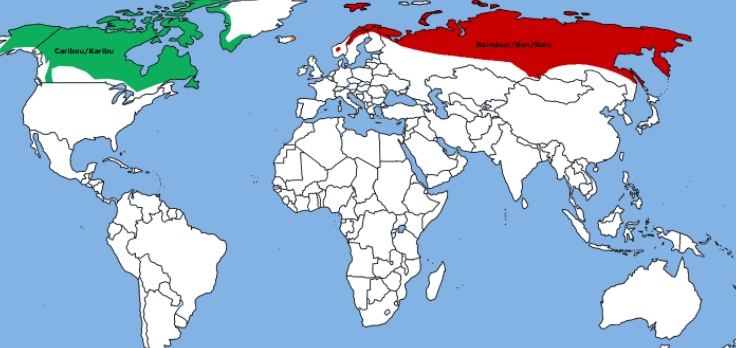From the snow-covered landscapes of the Arctic Circle to the boreal forests of Scandinavia and North America, reindeer are well-adapted to a variety of natural habitats. Let’s explore where these iconic animals call home.
Arctic Tundra:
Reindeer are most commonly associated with the Arctic tundra, where they roam vast stretches of icy terrain in search of food. Their thick fur and large hooves help them navigate the harsh conditions of the tundra, where they graze on lichens, mosses, and grasses.
Boreal Forests:
In regions such as Scandinavia, Russia, and North America, reindeer can also be found in boreal forests. Here, they forage for food among the trees and shrubs, using their keen sense of smell to locate mushrooms, berries, and other vegetation.
Mountainous Regions:
Some reindeer populations live in mountainous regions, where they navigate steep slopes and rugged terrain. These mountain-dwelling reindeer are known for their agility and sure-footedness, allowing them to access higher elevations in search of food.
Grasslands and Meadows:
In some parts of the world, reindeer can also be found in grasslands and meadows. These open habitats provide ample grazing opportunities for the animals and serve as important feeding grounds during certain times of the year.
Wetlands and Marshes:
Reindeer are known to inhabit wetlands and marshes in search of nourishing vegetation and water sources. These habitats provide important resources for the animals, especially during the summer months when food is more abundant.
Overall, reindeer are highly adaptable creatures that can thrive in a range of natural habitats. Whether they are navigating the icy tundra or foraging in the boreal forests, these iconic animals are well-suited to their environments and play a vital role in the ecosystems they inhabit.

